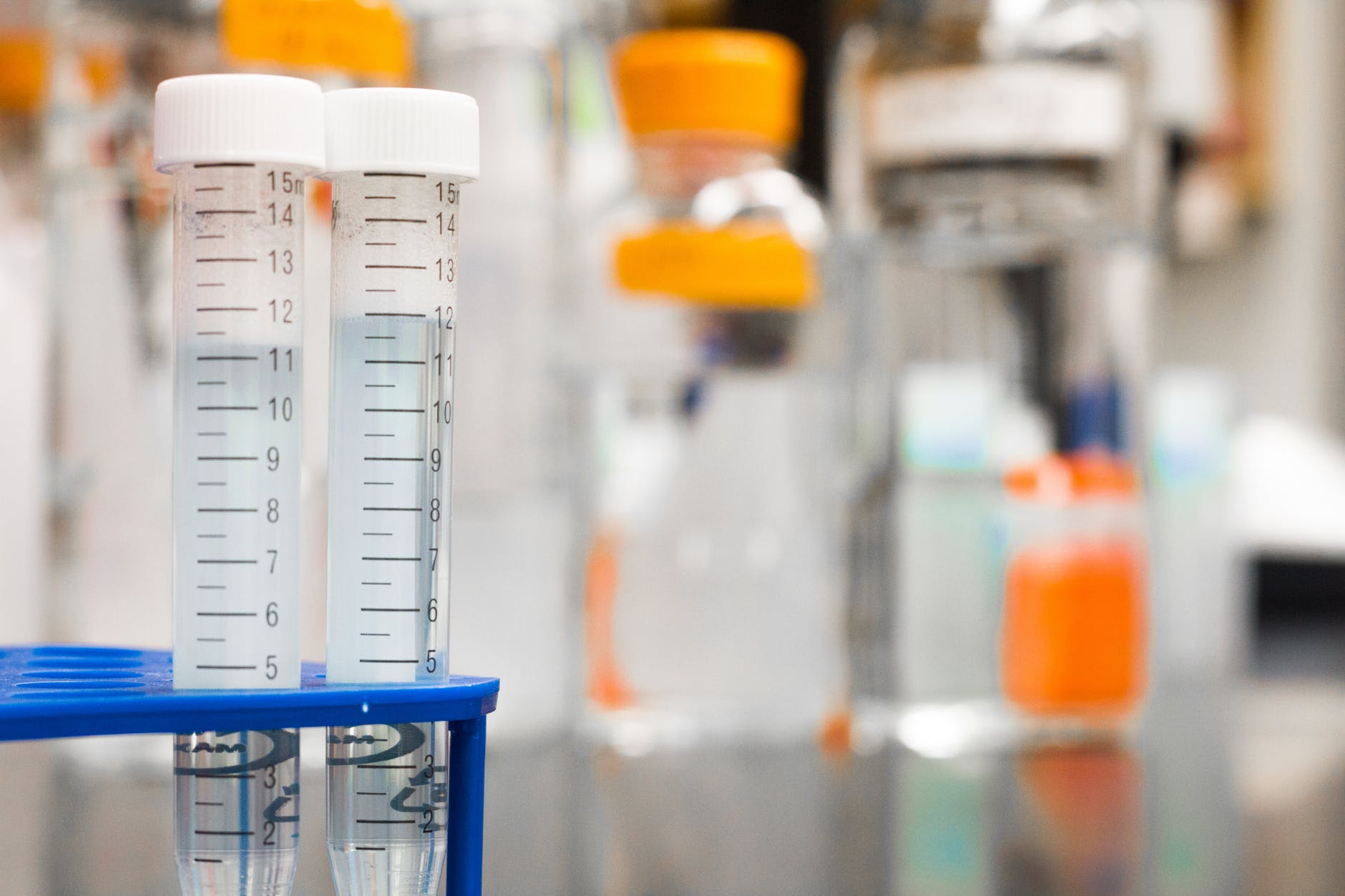The Case
From Michael J. Selgelid, “Governance of dual-use research”:
In 2002, researchers used published DNA sequences to engineer a protein—known as SPICE—produced by the smallpox virus. The study revealed the ways in which, and the extent to which, this protein defeats the human immune system. Though the findings may facilitate development of protective medicines, they may also reveal ways to increase the virulence of the closely-related vaccinia virus (which is used in the smallpox vaccine).
Your Task
Assume you represent one of the following groups involved in the publication of this research. Should the research be published? In what form (in its entirety? parts of it?) Should the research be suppressed? If so, by whom? The scientists and journal editors? The government? Why or why not?
Use ethical tests, ethical frameworks, and/or an appropriate code of ethics to analyze and justify your position. Which principles of ethics do you base your decision on? You should take into consideration the interests of your group, but you should still arrive at an ethical decision.
The Players
National Science Advisory Board for Biosecurity (NSABB)
This group, established in 2004, identifies criteria for “identifying dual-use research of concern, tools for controlling dissemination of information, scientific codes of conduct, policy recommendations regarding synthetic genomics and means for international collaboration in the oversight of dual-use life science research” (Selgelid, 2009).
The NSABB also plays a role in reviewing scientific papers that raise dual-use questions about security. It initially recommended that the avian flu papers not be published, though it did not have any way to legally enforce its recommendation.
Scientists (both the researchers and others)
Journal editors
The popular media
Assuming the research is published, should the press report on this research? If so, how can they ensure they do so ethically?
Case study courtesy of Elisa Warford, Ph.D., Engineering Writing Program, University of Southern California.

